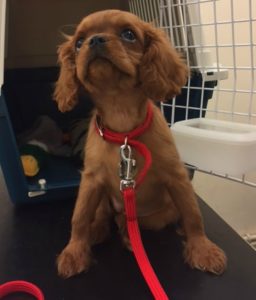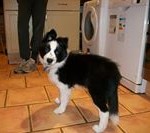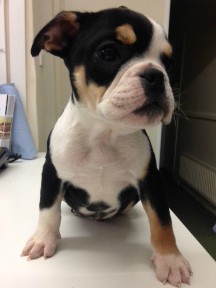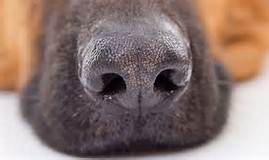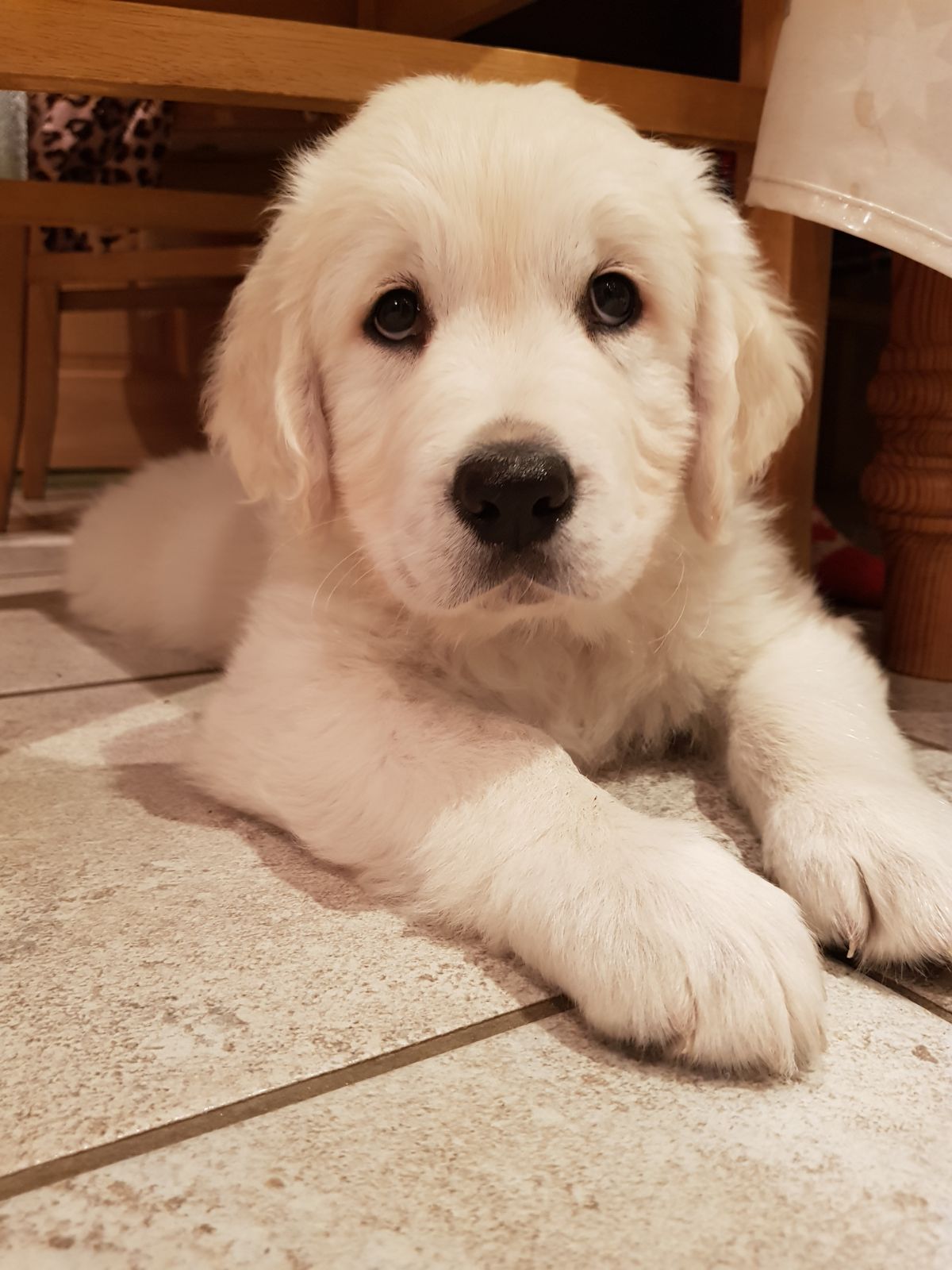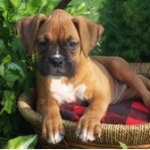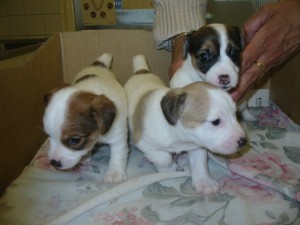We want your pet to be as happy to see us as we are to see them!
One of the first things we would recommend as soon as you bring your new pet home, once they have settled drop in and see us. The more you and your pet drop in the less anxious you both will be. Why not take advantage of our free weight checks? Regular weight checks ensure that your puppy or kitten is growing at a healthy rate. Perhaps you’ve adopted a dog from a re homing center – drop in and say hi to the team we love meeting your pets.
If you or your pet are nervous, don’t be! Our staff are here to help you and we have seen and heard it all before. No question is too silly, if it is concerning you. We understand that you know your pet better than anyone else. Remain calm and ‘normal’ your pet can easily pick up on your anxiety.
When visiting with cats we strongly recommend travelling your cat in a secure carrier not in your arms, even the calmest of cats can get stressed. If you have time, leave your carrier out a few days before your appointment, so your cat can climb in without being rushed. Try leaving a few treats and toys inside to tempt an investigation! Placing a towel over your carrier in the waiting room can help anxious cats if you need one just ask us.
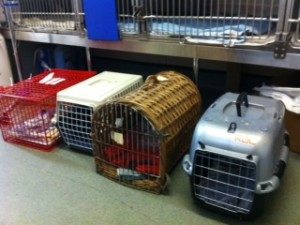
When travelling with dogs Invest in a doggie ‘seat belt’ or secure caged area of your car. If your dog suffers car sickness travel them on an empty stomach. Allow plenty of travel time so you are not rushed or late. Please keep your dog by your side in the waiting room. A vet practice can be a stressful place for pets and your laid back family dog could become stressed and snappy towards other dogs.
So you’ve done ‘Puppy School’ but have you ever though about practicing ‘Vet Checks’ on your dog or cat. Your pet is never to old to start this type of training: Gently look inside your pets eyes and ears, teeth and mouth, practice lifting each paw in turn. Feel your pet all over from toe to tail. Spend 5 minutes a day practicing the ‘all over’ handling and your pet will find an examination ‘normal’, when they come to us.

If you are coming in for a specific problem i.e. behaviour or tummy troubles write a diary of events and problems. Try to include; Anything they’ve eaten, where they have been and times of day all of these things may be useful when finding a diagnosis.
If you are nervous or worried, please ask our vet to write notes for you to take home and help you understand anything that was mentioned. Alternatively bring a friend or family member along for support.
In practice emergencies can and do sometimes happen, we will do our best to see you at your appointment time but please bear with us if we are running a few minutes late. Our reception team will keep you as updated as possible.
We understand that each pet is an individual and that owners know their pets better than anyone else, we will listen to your concerns and worries that you may have. You are welcome to visit any of our surgeries and meet our friendly, knowledgeable teams.
We look forward to meeting you and your pet soon.


